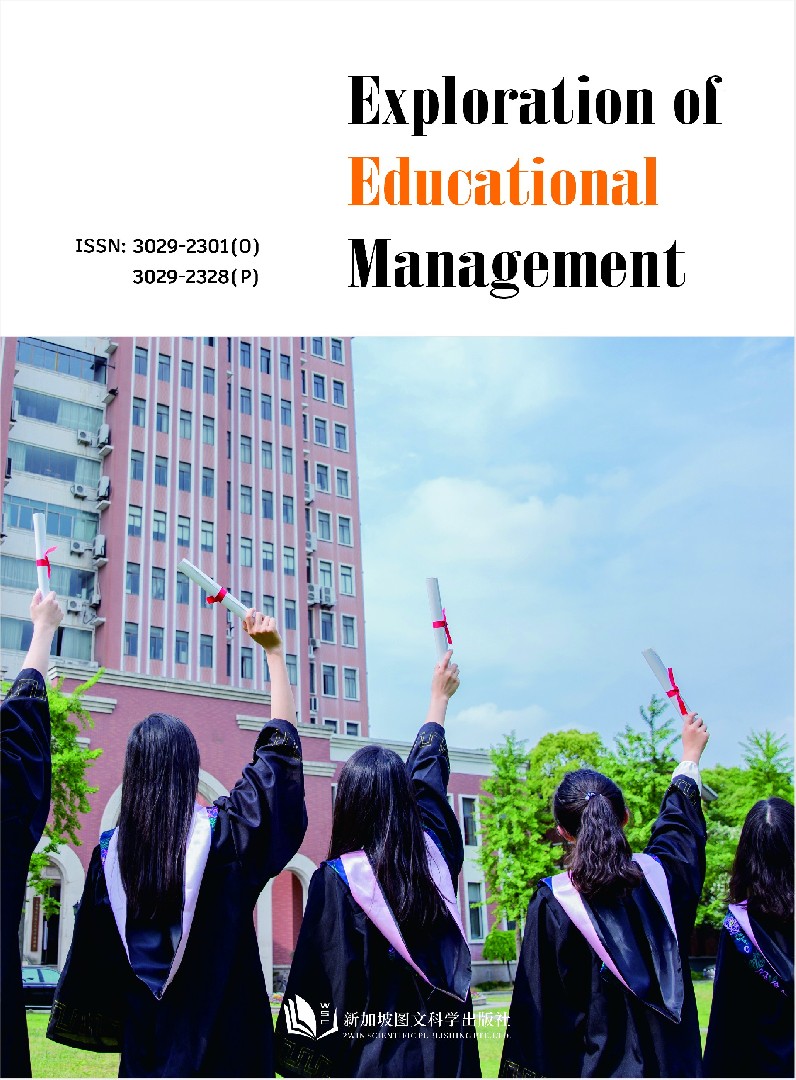作者
Lixing Zhao,Suyu Chang
文章摘要
Abstract: Primary and secondary science education plays a pivotal role in cultivating high-quality, innovative talent and advancing national scientific and technological innovation. With the rapid development of artificial intelligence (AI) technology, primary and secondary science education has undergone significant transformations: from limited to open educational spaces, from singular to diverse content expansion, from single to multi-participant roles, and from traditional media to varied intelligent carriers. These changes have enriched the forms and substance of science education, enhancing interactivity and personalization. However, current primary and secondary science education still faces multiple challenges, including a trend toward the virtualization of learning spaces, imbalances in content adaptability, and a lack of diversity in evaluation systems, all of which limit educational effectiveness. Therefore, this paper proposes constructing “integrated virtual-reality” learning environments, designing “precisely tailored” educational content, and establishing a “multidimensional” evaluation system. These strategies aim to comprehensively reshape primary and secondary science education, enhance students' scientific literacy, support the cultivation of innovative scientific and technological talent, and lay a strong foundation for future technological competitiveness.
文章关键词
Keywords: Artificial Intelligence; Primary and Secondary Education; Science Education; Educational Reshaping
参考文献
[1] Bourdieu, P., & Wacquant, L. (2004). An invitation to reflexive sociology (Translated by Li Meng & Li Kang). Beijing: Central Compilation & Translation Press.[2] Chen, Q. M. (2008). Classroom teaching from the perspective of educational ecology. Journal of Inner Mongolia Normal University (Educational Science Edition), (1), 109-111.
[3] Zeng, Q., & Su, L. (2024). Science education in primary and secondary schools in the age of artificial intelligence: Transformation, challenges, and reshaping. Primary and Secondary Information Technology Education, (08), 5-7.
[4] Zhang, H., Huang, M., Zhang, W., & others. (2023). The technical logic, social impact, and future of communication studies of ChatGPT. Journal of Jiangxi Normal University (Philosophy and Social Sciences Edition), 56(2), 24-31.
[5] Zheng, Y., Zhang, D., Wang, Y., & others. (2023). Reform of science education in basic education: Needs, issues, and countermeasures. Studies in Dialectics of Nature, 39(10), 11-17.
[6] Zhou, R., Wei, X., & Zhang, X. (2024). Reshaping science education models with generative artificial intelligence: A study of library-school collaboration based on actor-network theory. Science Popularization Research, (04), 23-32, 61, 102.
[7] Wang, T. (2017). Application and prospects of virtual and augmented reality (VR/AR) technology in teaching. Digital Education, (01), 1-10.
[8] Shen, Y., & Wang, Q. (2024). Practical dilemmas and key approaches of generative artificial intelligence in supporting teaching decision-making. Research on Educational Technology, (11), 92-99. https://doi.org/10.13811/j.cnki.eer. 2024.11.013.
Full Text:
DOI
